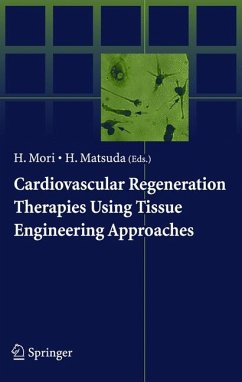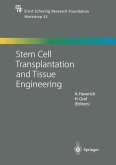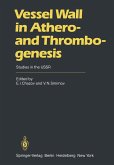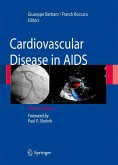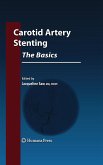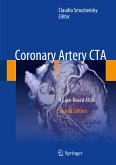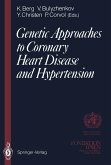The cardiovascular system transports oxygen and nutrients to all parts of the body; therefore, any impediment to this system through, for example, a circulatory disorder, represents a serious threat to organs, tissues, and cells. Obstructive diseases of vessels with a diameter of more than 1 mm can be treated by conventional surgical and interventional approaches; however, blockages in small vessels with a diameter of less than 1 mm cannot be treated by conventional methods. As a consequence, therapeutic ang- genesis and vasculogenesis for the treatment of ischemic diseases have been widely studied in the last decade. These methods may contribute to the re pair of intractable cardiovascular diseases with a main vascular involvement in the body's smallest vessels. In this book, Hikaru Matsuda and I have tried to summarize recent Japanese developments in the field of cardiovascular regeneration therapies using tissue engineering. The Ministry of Health, Labor, and Welfare of Japan has been encouraging the National Cardiovascular Center Research Institute to promote cardiovascular regeneration therapies using such ap proaches. Therefore, it is with the financial aid and support of research grants, such as that for Cardiovascular Disease (13C-1 and I6C-6), Health and Labor Sciences Research Grants (RHGTEFB-genome-005, RHGTEFB-saisei-003, and CRCD-junkanki-009) and a grant from NEDO of Japan, that significant progress has been possible.
Dieser Download kann aus rechtlichen Gründen nur mit Rechnungsadresse in A, B, BG, CY, CZ, D, DK, EW, E, FIN, F, GR, HR, H, IRL, I, LT, L, LR, M, NL, PL, P, R, S, SLO, SK ausgeliefert werden.

